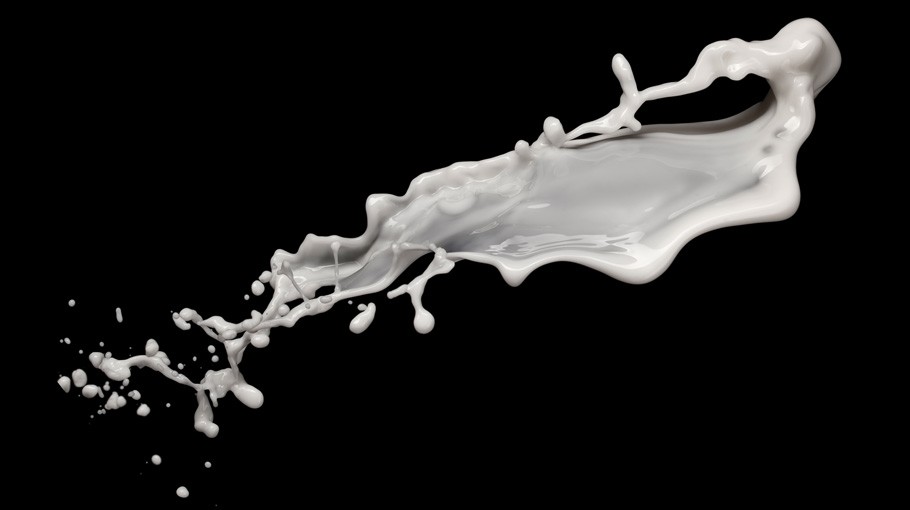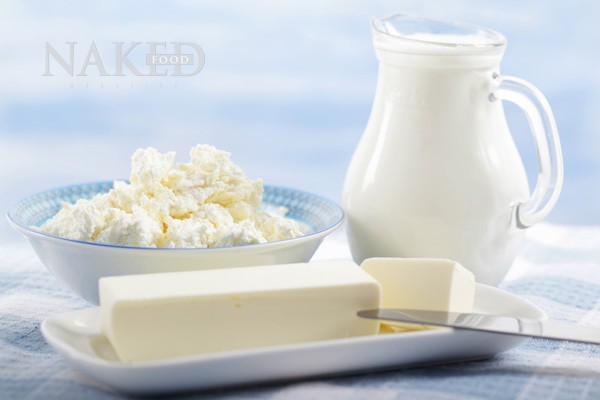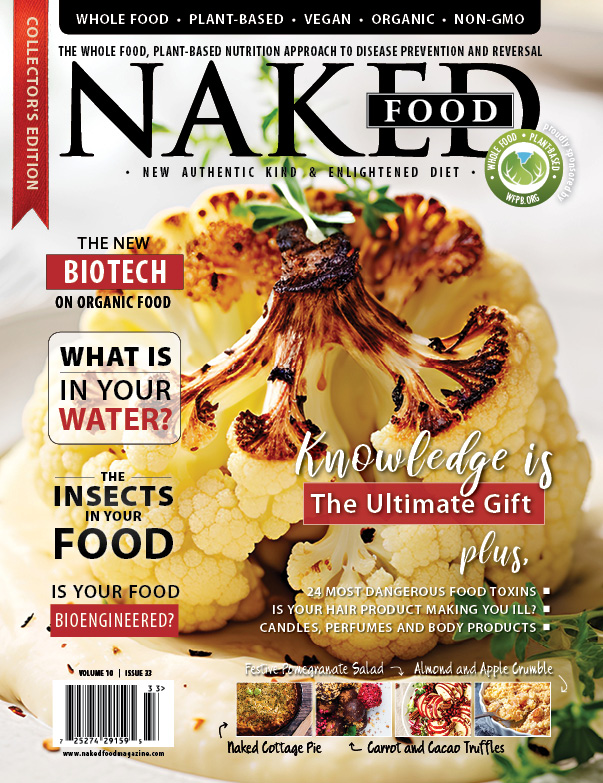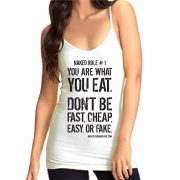The 2012 report in the Archives of Pediatric and Adolescent Medicine must have rattled the dairy industry. Authored by Kendrin Sonneville from Harvard University, the study tracked fracture rates in 6,712 adolescents. The results showed that active children who consumed the largest quantities of milk actually had more bone fractures than those who consumed less. In other words, milk doesn’t actually build strong bones.
Previous studies have shown similar findings. Studies of young women published in the journals Bone and Pediatrics show that bone density was bolstered by physical activity, but that increased calcium intake made no difference. Evidence suggests that milk is similarly unhelpful at the other end of the lifespan, when osteoporosis and bone breaks are particularly common. The Harvard Nurses’ Health Study, which followed more than 72,000 women for 18 years, showed no protective effect of increased milk consumption on fracture risk. Those women who consumed the most milk were as likely to suffer a hip fracture as those who avoided milk.
Faltering Industry Credibility
The milk-builds-strong-bones claim was not the first to collapse under scrutiny. In 2005, PCRM petitioned the Federal Trade Commission (FTC) to examine industry advertising claiming that milk could cause weight loss. A multimillion-dollar, celebrity-filled ad campaign was based on the findings of a single Tennessee researcher who reported that, in small numbers of people, dieters who included milk in their low-calorie diet plans lost more weight than dieters who left milk out. Other researchers were not able to replicate the finding.
In response to PCRM’s petition, the FTC’s Division of Advertising Practices met with U.S. Department of Agriculture staff who oversaw the campaign and representatives of the National Fluid Milk Processor Promotion Board and the National Dairy Promotion and Research Board who agreed to discontinue all advertising and other marketing activities involving weight-loss claims. The decision also applied to Dairy Management Inc., which was created to increase demand for U.S.-produced dairy products on behalf of America’s dairy product producers.
Disconcerting Findings
The studies disproving milk’s benefits for bones or weight loss turned out to be the tip of a scientific iceberg. A Harvard study of 20,885 men published in 2001 showed that men having 2 1/2 servings of dairy products daily had a 34 percent increased risk of prostate cancer, compared with men consuming little or no dairy products. A separate Harvard study, this one including 47,871 men, had shown much the same thing—men having two or more milk servings each day had a 60 percent increased risk of prostate cancer.
The scientific issue of most concern to public health officials is the load of fat in dairy products. The 2010 Dietary Guidelines for Americans described the sources of saturated fat—the “bad” fat that leads to heart disease and other health problems—in the American diet. Dairy products turned out to be the biggest source. Typical cheeses are about 70 percent fat, much of which is saturated fat. Skimming the fat from milk leaves a drink loaded with sugar. Lactose sugar contributes more than 55 percent of skim milk’s calories, giving it a calorie load similar to soda.
Cow’s milk consumption by infants and toddlers is linked to type 1 diabetes and to anemia. As children reach their teen years, many experience cramps and diarrhea due to lactose intolerance. This is especially true for those of African, Asian, Hispanic, Native American, or Mediterranean heritage.
Ethical and Environmental Impacts
A cow on a modern farm may produce more than 20,000 pounds of milk per year. To maintain maximal milk production, farmers impregnate cows annually, inserting one arm into the cow’s rectum while using the other to insert a long metal rod holding semen into the cow’s vagina. Male calves born through this process cannot join the dairy herd and are placed in crates to be raised as veal. The female calves are often dehorned, typically without anesthesia.
The 60,000 dairy farms in the United States also contribute methane—the product of ruminant digestion—a greenhouse gas that is 25 times more potent than carbon dioxide. The production of dairy products generates the third highest level of greenhouse gas emissions of commonly consumed foods.
Healthful Calcium Sources
Calcium is an essential nutrient. But nondairy sources of calcium such as beans, tofu, broccoli, kale, collard greens, breads, cereals, and nondairy, calcium-fortified beverages provide adequate calcium without any of the health, ethical, or environmental detriments associated with milk consumption.
Reprinted with permission from the Physicians Committee for Responsible Medicine (PCRM).



























June 13, 2017
Maybe it would be wise to remind that in Asia people lived thousands of years without this crappy milk/cheese industry and they had no weak bones.
May 28, 2014
Magnificent goods from you, man. I’ve keep in mind your stuff prior to
and you’re just too magnificent. I actually like what you’ve got
right here, really like what you are saying and the way in which
through which you assert it. You make it enjoyable and you continue to care for to stay it sensible.
I can not wait to read much more from you. That is actually a great web site.